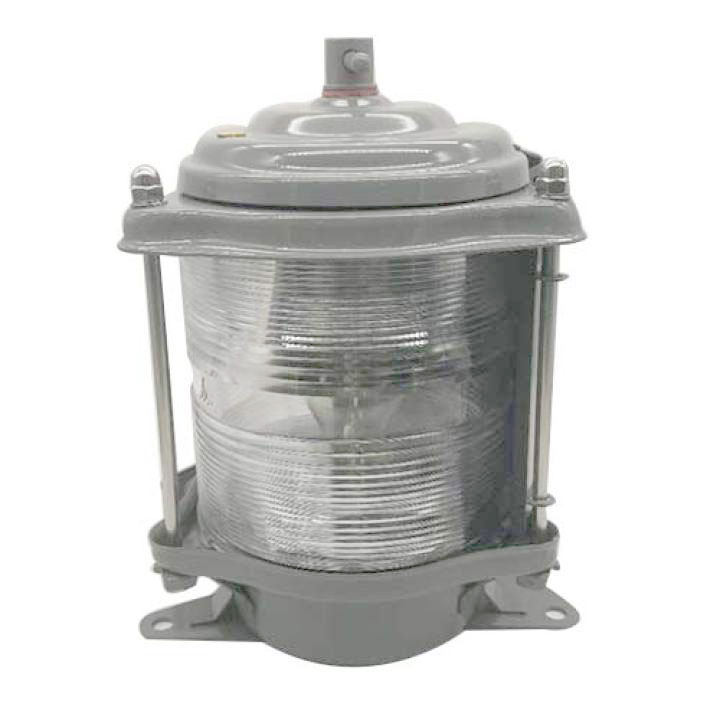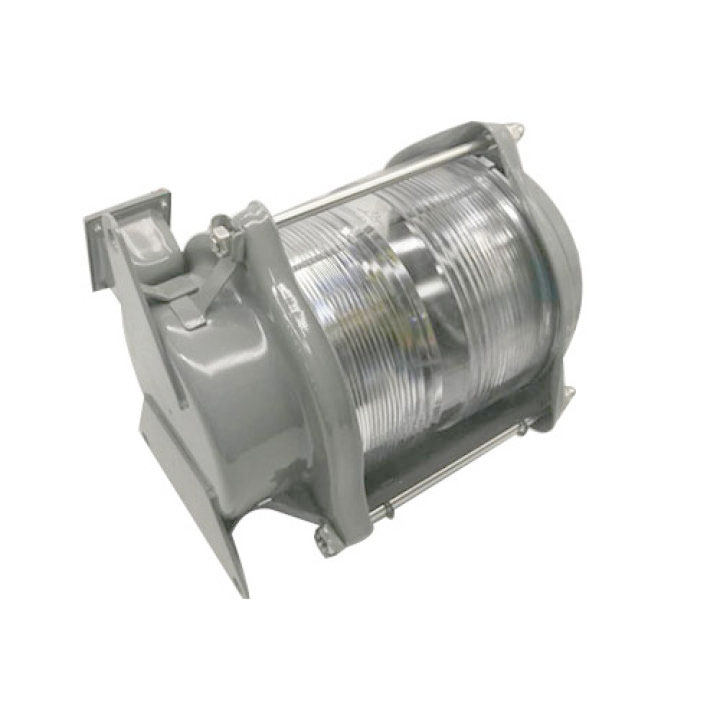How to Protect Your Marine Navigation Lighting Well?
Marine navigation lights are still playing an important role in navigating ships at sea, despite the advances in marine navigation technologies like GPS, ECDIS, and various satellite signaling systems, navigation lights can directly help at the sea. Since it’s so important, do you know how to protect it yourself? Read this article to know how.

These signal lights have been an integral part of ship navigation procedures for decades, and due to their frequent use, they are included in routine maintenance procedures.
Navigation lights are used when navigating ships near coastal areas, in areas of heavy shipping traffic, maneuvering in ports, or just sailing at sea. They help indicate the ship’s position, status, heading, etc. to other nearby ships to avoid collisions at sea. This is the first form of non-verbal communication that ships have with nearby ships during their voyage.
The ship’s navigation and signal lights are located in these areas, making them easy to notice even from a distance. However, when it comes to the maintenance of these lights, getting into such a high position can be very dangerous, especially when the vessel is on the high seas.
The three important purposes of marine navigation lights are
foremast
main mast
Stern signal station
Maintenance of Ship Navigation lights
| Faults | Potential Factors | Solutions |
| The lamp lights off | no voltage | Check the Power |
| Poor contact with the lamp socket | Reinstall the lamp | |
| Starter failure | Turn the starter, if it fails to work, replace it | |
| Ballast failure | Measure and rule out with a multimeter | |
| The enlightenment troubles | The starter is damaged or not matched | Replace a matching starter |
| voltage is too low | Check the power | |
| The ballast does not match | Replace a matched ballast | |
| Lamp aging | Replace a new lamp | |
| Both ends of the lamp are on, the middle is off | Starter contact short circuit or capacitor breakdown | Replace the starter |
| Ballast is noisy | The iron core piece is loose | Tighten the core |
| Poor quality of iron core | Replace ballast | |
| The power supply voltage is too high | Adjust the voltage | |
| Ballast overheating | Poor quality ballast | Replace ballast |
| Poor starter, long trigger time | Replace the starter |
Factors Might Harm Your Marine Lighting
1. Water (seawater and rainwater)
Water is a major threat to all electrical systems onboard. Ingress of water can cause the electrical system to catch fire due to a short circuit. Since all navigation lights are located outside the deck of the boat, they are susceptible to the harmful effects of seawater, rain, and atmospheric moisture.
Therefore, the navigation light is placed in a weatherproof and waterproof enclosure. However, even if these enclosures are weatherproof, there is a high chance of water infiltration due to leaks in the system due to rust and frequent opening of the enclosure to replace the bulb.

Points to consider:
Regularly check lamps for water leaks
Whenever you turn on a light fixture to change a bulb, make sure to use a waterproof material such as silicon or putty
Visually inspect the inside of the casing for salt formation. If the salt formation is found, seawater has seeped inside.
Use fine clothing and detergent to clean the glass of the light fixture for good lighting/signal
Check the lamp holder inside the fitting for corrosion or fungal formation
Whenever the light is turned on, use a contact cleaner for cleaning
2. Vibrations
There is nowhere on board to reach the vibrations generated by the mechanical operation of the ship’s engine room. Since the navigation lights are located at the highest point of the ship, they are always subject to vibrations when the main engine is running. This is another cause of bulb failure.
Make sure to use shock-absorbing materials such as rubber gasket materials whenever possible.
When operating the navigation light, check for loose nuts, bolts, and brackets. Tighten and secure them as necessary.
Use washers where nut bolts are used in light fixtures to avoid loosening of nuts
The structure of the clamp-mounted light fixture.
3. Sunlight and wind
This is a factor that affects marine navigation lights, of which nothing can be done.
The lifespan of lamps is often shortened due to constant sunlight exposure, especially if they are made of plastic. Therefore, it is best to install light fixtures made of weatherproof brass materials.
4. Wire Securing
Navigation light wires fixed to the mast often become tangled or loose due to weather exposure. Please check the wires for any loose connections and secure the wires with a cable wire. Check the condition of these wires regularly.
All navigation lights on board are installed in pairs, i.e. two. If one fails, the other replaces it. However, it is important that responsible personnel conduct routine maintenance checks on these lamps and check for lamp/bulb failure alarms.
Conclusion
I believe you already got the knowledge of how to protect your marine light, if you still have some questions about the marine lamp? If so, inquire us for answers. Or what’s more, if you got any marine lighting needs, contact us, we can help with it, YSMARINE is a professional marine products supplier!


